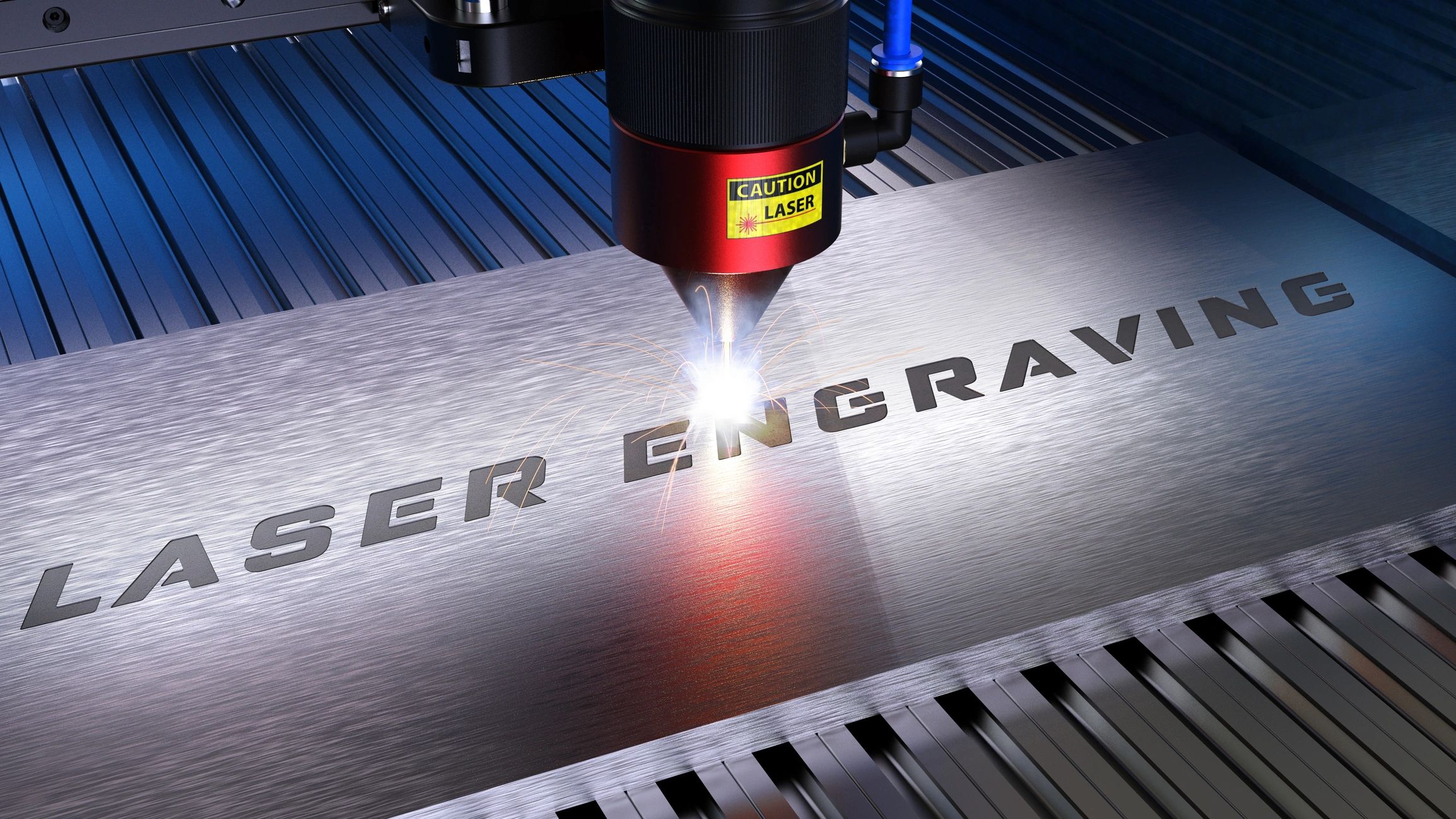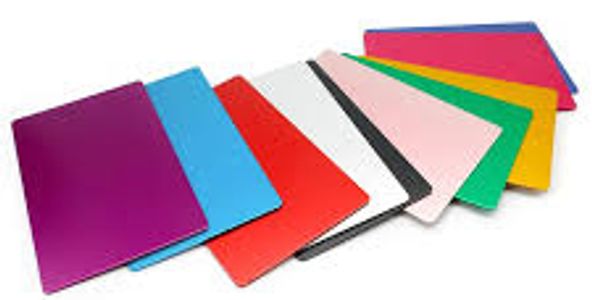
Welcome to the world of lasers!
Welcome to Queen City Engraving, where we specialize in providing businesses with top-of-the-line laser engraving and marking services. Our state-of-the-art lasers are designed to engrave, mark and cut a wide variety of items.
Types of Lasers We Use...
Diode Laser
Diode Laser
Diode Laser
Diode lasers are compact and efficient devices that use semiconductor materials to create laser light. The process begins when an electric current passes through the diode, causing electrons in the semiconductor to jump from a higher energy level to a lower one. This transition releases energy in the form of photons, which is the light we see. These photons bounce between mirrors inside the diode, amplifying the light and creating a focused laser beam.
Unlike other lasers that rely on different mediums like gas or solid-state materials, diode lasers use semiconductor materials as the active medium. Diode lasers use less electricity, making them more efficient and cost-effective. They are also smaller and easier to use. Diode lasers are known for their precision and are often used for engraving delicate or fine details on materials like wood, plastic, and so on.
CO2 Laser
Diode Laser
Diode Laser
CO2 lasers operate on a different principle compared to diode lasers. These lasers use a gas mixture primarily composed of carbon dioxide (CO2), nitrogen, and helium. When an electric current is applied, it excites the nitrogen molecules, which, in turn, transfer energy to the CO2 molecules.
This energy causes the CO2 molecules to emit light in the infrared spectrum. The light is then directed and focused through mirrors and lenses to produce a powerful and precise laser beam. CO2 lasers are widely used for cutting and engraving non-metallic materials such as wood, acrylic, leather, and glass, offering deep cuts and high-speed performance.
Fiber Laser
Fiber Laser
Fiber Laser
When a light source pumps energy into a fiber, rare-earth elements (such as erbium, ytterbium, or neodymium) doped within the fiber are excited. These elements have specific energy levels that enable them to efficiently absorb and emit light.
As the light source excites the atoms within the fiber, they reach an excited energy state. If another photon with the same energy as the excited atoms passes through the fiber, it can stimulate the excited atom to emit a photon with the same energy and phase.
The fiber is placed within an optical cavity consisting of two mirrors—one highly reflective and the other partially reflective. This cavity helps amplify the light through multiple reflections, creating a coherent laser beam. The partially reflective mirror allows a portion of the amplified light to escape the cavity, forming the laser beam output. This output beam can be directed and focused for various applications such as cutting, welding, or marking.
UV Laser
Fiber Laser
Fiber Laser
UV lasers work a little differently to CO2 or Fiber as they do not damage the materials surrounding surface, using a far lower power form of marking. This makes them the best of the bunch when it comes to “marking”, suitable for anything from fruit, to glass, teflon, diamond, silicone, plastic and precious metals. You really can mark almost anything with a UV laser engraver!
Operating at 355nm, UV lasers have a much shorter wavelength than the other technologies here. Using a process termed “cold processing”, UV lasers shoot high-energy photons in the ultraviolet spectrum that break the chemical bonds in the material which causes the material to undergo non-thermal process damage. This process does not produce thermal deformation (heat damage) on the inner layers and nearby areas of the target area.
And what we can do with them!
Etching Glass
Custom Cut & Engraved Acrylic
Custom Cut & Engraved Acrylic

Need Custom Glass Engraving? Our state of the art UV laser with engrave glass so smoothly, you'll think it was lightly sandblasted. No heat is used to mark it, so the glass isn't fractured and jagged. We can mass produce custom glassware, so you can leave your mark on the engagement!
Custom Cut & Engraved Acrylic
Custom Cut & Engraved Acrylic
Custom Cut & Engraved Acrylic

Custom Cut Acrylic has many uses! We have made a few custom humidors from scratch and cut many acrylic signs. Made a few Custom Image Acrylic Lights and some Custom LED Keychains. Moral of the story.... If it involves cutting or engraving acrylic, WE CAN DO IT!
Anodized Aluminum
UV Lasers can Mark on what?
UV Lasers can Mark on what?

We're sure you have seen them before, cause they are everywhere. But if you haven't, then let me tell you. We can Customize Anodized Aluminum! From business cards, bottle openers and wallets, to Pet Tags and Medical ID tags. If you're looking to add your company logo or message on anodized aluminum, WE CAN DO IT!
UV Lasers can Mark on what?
UV Lasers can Mark on what?
UV Lasers can Mark on what?

UV lasers can mark on a wide variety of materials, including metals, plastics, glass, ceramics, and non-metallic materials like wood and paper. They are particularly effective on sensitive materials that might be damaged by heat-based laser systems like fiber lasers. UV lasers utilize short wavelengths and absorption to create marks, allowing for high-contrast and precise markings.
This website uses cookies.
We use cookies to analyze website traffic and optimize your website experience. By accepting our use of cookies, your data will be aggregated with all other user data.